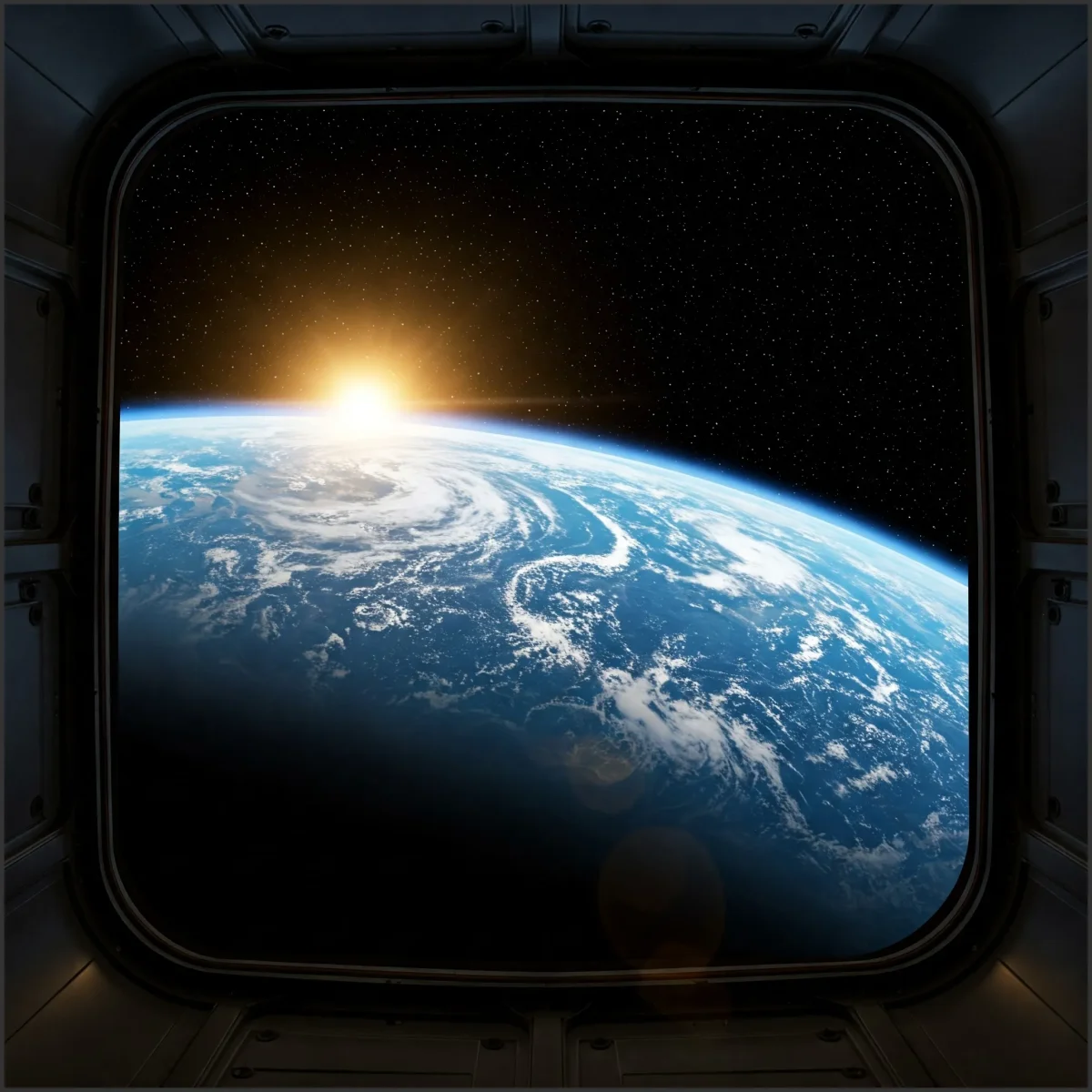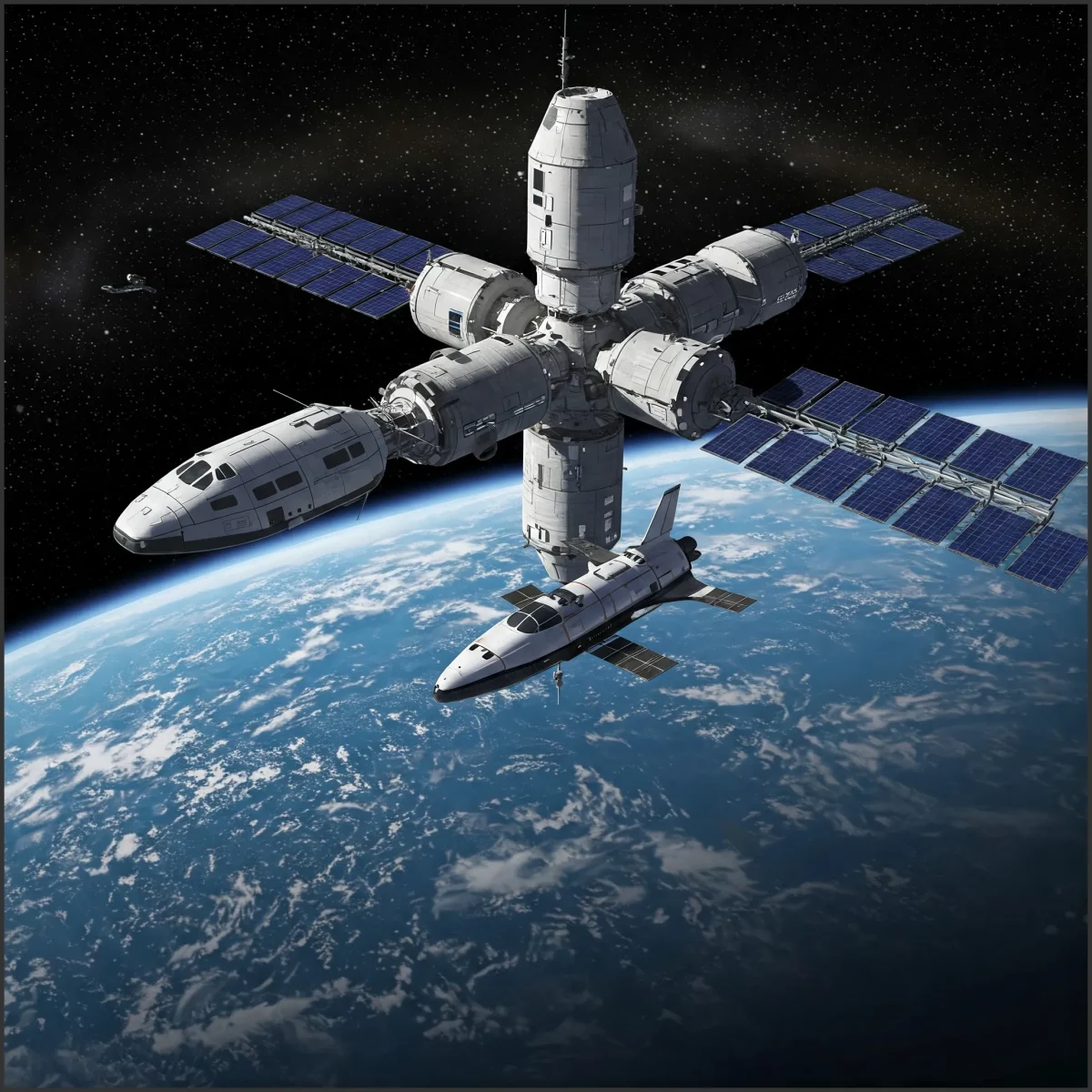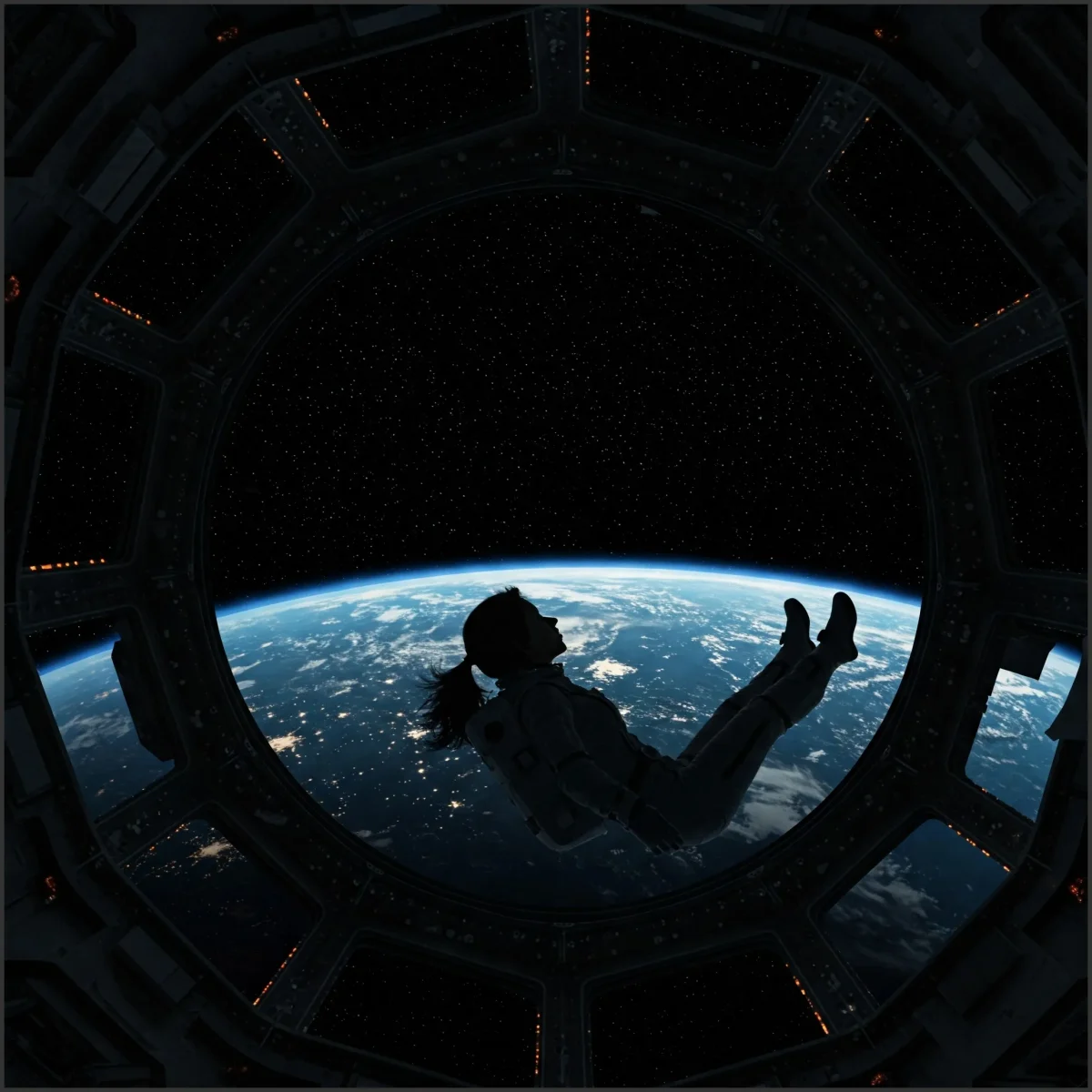
Remember gazing up at the night sky as a kid, dreaming of floating among the stars? For decades, that remained a dream reserved for highly trained astronauts.
But hold onto your hats, because the game is changing! What once felt like science fiction is rapidly becoming a reality thanks to the burgeoning field of space tourism.
And guess who just punched her ticket to the cosmos? None other than pop superstar Katy Perry, marking a dazzling milestone for civilian space travel. Let’s dive into her incredible journey and the amazing technology making space tourism accessible like never before in 2025.
Katy Perry’s Journey: A Star Reaches for the Stars
In April 2025, the world watched as Katy Perry, alongside five other remarkable women including Lauren Sánchez and Gayle King, embarked on a suborbital adventure. Strapped into Blue Origin’s New Shepard rocket, they soared over 100 kilometers (about 62 miles) above Earth, crossing the Kármán line – the internationally recognized boundary of space.
Imagine the thrill! For about 11 minutes, the crew experienced the magic of weightlessness and witnessed breathtaking views of our planet few have ever seen.
Their safe return, aided by parachutes, wasn’t just a successful mission; it was a powerful symbol of how space tourism is opening up the final frontier to people who aren’t career astronauts. This high-profile flight has undoubtedly ignited even more public fascination with the possibilities of civilian space exploration.
Who’s Making Space Tourism Possible? The Big Players
Katy Perry’s flight was courtesy of Blue Origin, but they’re not the only ones aiming for the stars. The space tourism market is heating up, primarily driven by three major innovators:
SpaceX: The Orbital Powerhouse
Led by Elon Musk, SpaceX holds the lion’s share of the market (around 72%). They’re known for their groundbreaking reusable Falcon 9 rockets and Crew Dragon capsules.
Reusability is key – it drastically cuts down launch costs, making spaceflight more frequent and potentially more affordable down the line. SpaceX offers both shorter suborbital hops and longer orbital missions, pushing the boundaries of commercial space tourism.
Blue Origin: Suborbital Thrills
Founded by Jeff Bezos, Blue Origin focuses on suborbital flights using its New Shepard vehicle – the same one Katy Perry flew on.
These missions offer that incredible 11-minute experience: reaching space, floating in zero gravity, and seeing the Earth’s curve against the blackness of space. They’ve successfully flown several crews, proving the viability of their space tourism model.
Virgin Galactic: Accessible Weightlessness
Richard Branson’s Virgin Galactic takes a different approach with its air-launched SpaceShipTwo spaceplane. Passengers experience a rocket-powered ascent after being carried aloft by a mothership.
This method allows them to reach suborbital space for several minutes of weightlessness and stunning views. Their approach aims to provide the space tourism experience at a potentially more accessible price point compared to orbital flights.
The Technology Driving the Dream of Space Tourism

This exciting new era wouldn’t be possible without some serious technological leaps. It’s not just about building rockets; it’s about making them reliable, reusable, and safe enough for paying customers.
Reusable Rockets: The Game Changer
This is perhaps the single most important factor driving space tourism. Companies like SpaceX and Blue Origin have pioneered rockets where the most expensive parts return to Earth and land safely.
These parts are then ready to be refurbished and flown again. This dramatically lowers the cost per launch compared to traditional expendable rockets, making space tourism economically feasible.
Designed for Civilians: Safety and Comfort
Unlike the cramped capsules of early spaceflight, vehicles like Crew Dragon and New Shepard are designed with passengers in mind. Think automated systems, advanced safety features, and large windows for viewing.
They also feature relatively comfortable interiors. The goal is to make the space tourism journey awe-inspiring, not just an endurance test.
Preparing for Liftoff: Training and Safety
You don’t need years of astronaut training for a suborbital flight, but preparation is still crucial. Space tourism companies provide specialized training programs.
These programs cover flight procedures, safety protocols, and what to expect physically and psychologically. Ensuring passenger well-being involves rigorous training, medical checks, and adherence to strict safety protocols, often overseen by bodies like the FAA’s Office of Commercial Space Transportation.
How Much Does a Ticket to Space Cost in 2025?
Okay, let’s talk brass tacks. While becoming more accessible, space tourism is still a luxury experience. Here’s a rough breakdown for 2025:
- Suborbital Flights (Blue Origin, Virgin Galactic): Prices are competitive and generally trending below $200,000 per seat. This bracket opens the door to wealthy professionals, not just the ultra-rich.
- Orbital Flights (SpaceX Crew Dragon, Axiom Space): These are much longer, more complex missions involving days or weeks in orbit. Expect price tags around $50 million per seat.
- Stratospheric Balloon Flights (Future – e.g., World View by 2030): A gentler, slower ascent to the edge of space (not quite the Kármán line) is projected to cost around $50,000 in the coming years.
While still significant, the trend, especially for suborbital flights, is downwards. Increased competition and maturing technology are expected to continue driving costs lower.
It’s fascinating to consider these costs in the context of other high-value experiences; while space tourism costs are unique, understanding how factors impact high-end travel budgets can be insightful, much like how tariffs on travel costs affect vacation planning.
The Future is Looking Up: What’s Next for Space Tourism?

The current flights are just the beginning! The industry is already looking towards exciting future developments for space tourism:
- Commercial Space Stations: Companies are partnering with NASA to develop private habitats in low Earth orbit. Imagine orbital hotels or resorts offering multi-day stays! This could redefine the space tourism experience.
- Falling Prices: Projections suggest suborbital space tourism tickets could drop towards $100,000 by 2030, making the dream accessible to more people.
- More Experiences: Beyond just sightseeing, future space tourism might include research opportunities, spacewalks (for orbital trips), or even unique entertainment events hosted in space.
Is Space Tourism Safe and Accessible?

Safety is understandably a top concern for anyone considering space tourism. While spaceflight always carries inherent risks, companies are investing heavily in redundant systems, rigorous testing, and comprehensive safety protocols. The track record for commercial flights so far has been strong, emphasizing this commitment.
Accessibility is improving, primarily driven by the cost reductions in suborbital flights. It’s moving from the realm of billionaires to multimillionaires. Potentially, in the future, it could reach a broader (though still affluent) audience. The dream of space tourism is inching closer for more people every year.
The Dawn of a New Adventure
Katy Perry’s flight wasn’t just a celebrity stunt; it was a glimpse into a future where space is not just for the few, but potentially for the many.
Driven by incredible technology, visionary companies, and a growing public appetite for adventure, space tourism is truly taking off. While a trip to the stars might still be a significant investment, the dream is closer than ever. It’s truly remarkable to witness the dawn of this new era in human exploration.

